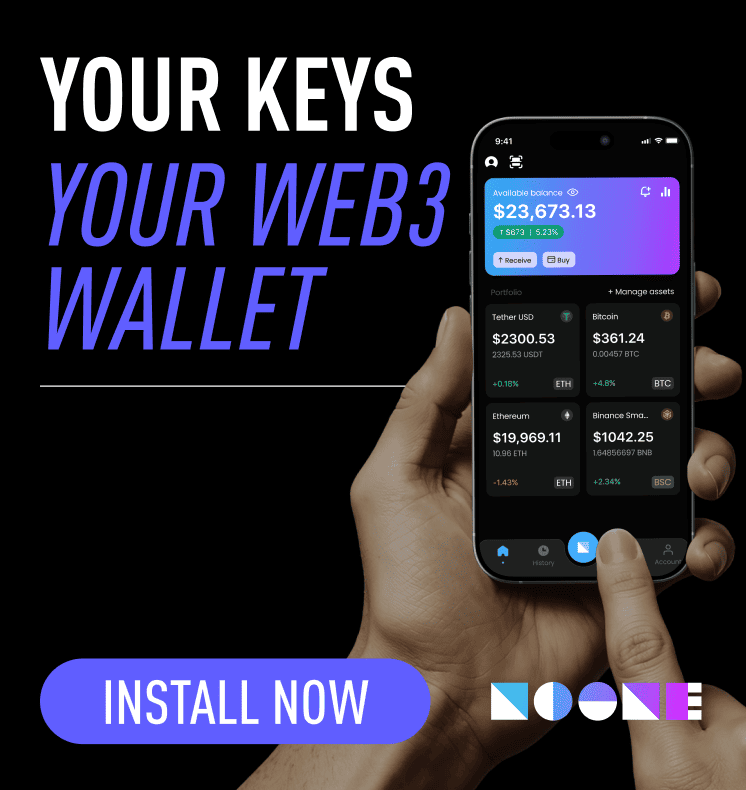Introduction
RWA tokenization is the process of converting real-world assets, such as real estate, commodities, bonds, or artwork, into digital tokens on a blockchain. These tokens represent ownership rights, profit shares, or asset value that can be transferred and traded digitally. This approach bridges traditional markets with decentralized finance (DeFi), offering investors new opportunities for liquidity, transparency, and accessibility that conventional systems often lack.
What is RWA Tokenization?
RWA tokenization assigns claims or ownership rights of a tangible asset to blockchain-based tokens. These tokens may represent fractional ownership, debt claims, or other asset-linked values. For example, a commercial property could be divided into 1,000 tokens, each representing a portion of ownership, tradable on blockchain protocols.
The primary appeal is lower entry barriers for investors. Acquiring assets like real estate traditionally demands significant capital, legal procedures, and intermediaries. Tokenization allows smaller, tradable units, making investments more accessible.
Additionally, tokenization improves efficiency. Payment settlements are faster and recorded publicly on the blockchain, minimizing the need for intermediaries like brokers or custodians.
Technology Behind RWA Tokenization
RWA tokenization relies on blockchain technology, providing an immutable ledger for recording ownership and transactions.
- Smart contracts: Self-executing programs that define ownership rules and transfer procedures, ensuring transactions follow preset conditions.
- Standards: Assets are commonly issued as ERC-20 or ERC-721 tokens on Ethereum or other chains like Polygon, Avalanche, and Solana. ERC-20 is used for fungible assets, while ERC-721 or ERC-1155 applies to unique non-fungible tokens (NFTs).
- Oracles: These provide external data feeds to reflect real-world asset values, since blockchains alone cannot verify off-chain events.
Together, these components allow real-world assets to be represented and transacted on blockchains while maintaining links to their physical value.
Types of Assets That Can Be Tokenized
RWA tokenization applies to nearly all asset classes, including:
Real Estate
Residential and commercial properties can be fractionally owned via tokens. Investors may receive proportional rental income.
Commodities
Gold, silver, oil, and crops are tokenized to facilitate digital trading. Users can trade blockchain-based tokens backed by reserves of physical assets, bypassing traditional commodity markets.
Financial Securities
Government and corporate bonds, as well as private equity shares, can be tokenized. Investors gain access to smaller, tradable portions of securities previously sold only in large blocks.
Art and Luxury Items
High-value assets such as artworks, collectibles, and jewelry can be tokenized, allowing multiple investors to co-own unique assets difficult to trade on conventional markets.
Benefits of RWA Tokenization
Liquidity
Illiquid assets can now be traded online, creating more dynamic markets.
Accessibility
Fractional ownership lowers entry costs. Investors can buy small portions rather than entire assets, such as buildings.
Transparency
Blockchain ensures public, traceable records of ownership and transfers, reducing disputes and increasing stakeholder confidence.
Efficiency
Transactions are faster and cheaper, as blockchain removes multiple intermediaries and shortens settlement times from days to minutes.
Challenges and Risks
Legal Framework
Regulatory compliance is complex, as property, security, and financial laws vary across countries.
Custody of Assets
Token value depends on proper management of the underlying physical asset by reputable custodians. Failures can undermine token value.
Valuation Issues
Token prices rely on external data feeds. Errors, fraud, or delays can create mismatches between token and asset values.
Adoption Barriers
Traditional investors may be skeptical of blockchain. Slow acceptance could limit RWA tokenization growth.
RWA Tokenization in DeFi
DeFi enables tokenized assets to be used as collateral, traded in liquidity pools, or staked for yield.
Tokenized U.S. Treasury bonds can earn interest or secure stablecoin loans. This integration broadens access for global investors but raises regulatory concerns regarding securities laws.
Significant Projects under RWA Tokenization
- Centrifuge: Tokenizes invoices and financial assets for DeFi use.
- MakerDAO: Incorporates tokenized assets like U.S. Treasuries to back the DAI stablecoin.
- Ondo Finance: Focuses on tokenized securities and bonds in blockchain markets.
- RealT: Offers fractional real estate investment with rental income distributions.
These projects demonstrate different approaches to bringing real-world assets onto blockchain systems.
Future Prospects for RWA Tokenization
The growth of RWA tokenization depends on regulatory adaptation and technological adoption. Legal clarity and institutional participation could drive significant expansion. Analysts predict that trillions of dollars of assets could eventually be tokenized, enabling 24/7 trading of previously illiquid assets and transforming global ownership management. Security, custody, and trust issues must be addressed to realize this potential.
Conclusion
RWA tokenization digitizes real-world assets for fractional ownership, faster settlement, and wider accessibility. Benefits include improved liquidity, transparency, and efficiency, while challenges involve regulation, asset custody, and market adoption. As DeFi integration expands and tokenization projects mature, the industry has the potential to reshape traditional finance, contingent on favorable technology, legal frameworks, and market acceptance.














 Twitter
Twitter
 Telegram
Telegram
